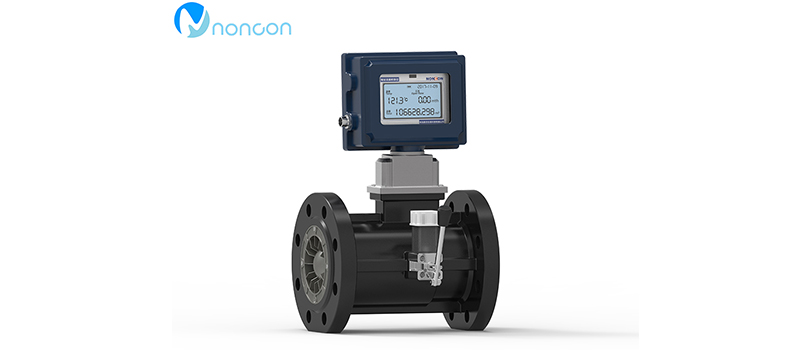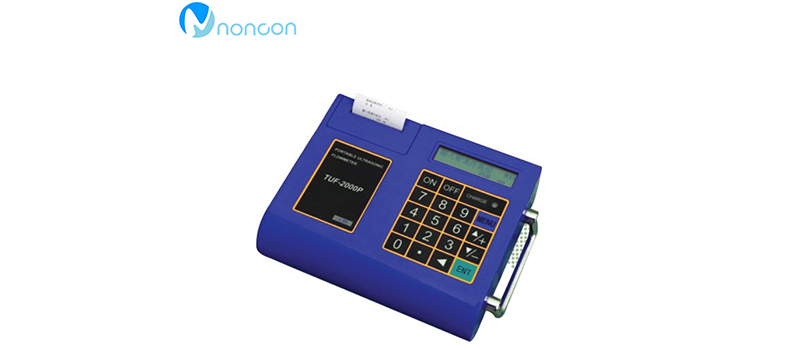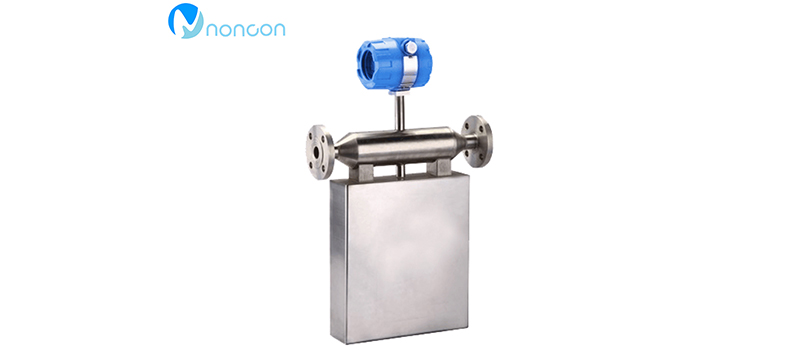
Blog Categories
Recent Posts
【Worth collecting】Classification and working principle of flowmeter
Ⅰ.Classification of flow meters
According to the measurement principle, there are: mechanical principle, thermal principle, acoustic principle, electrical principle, optical principle, atomic physics principle and so on.
According to the structure principle of the flowmeter, it can be divided into: volumetric flowmeter, differential pressure flowmeter, float flowmeter, turbine flowmeter, electromagnetic flowmeter, vortex flowmeter, mass flowmeter, insert flowmeter and probe flowmeter.
Ⅱ.Working principle and application of common flowmeter
1.Differential pressure flowmeter
Differential pressure flowmeter is an instrument which calculates the flow according to the differential pressure, known fluid conditions and the set size of the detection part and the pipe installed in the pipe.
Application: Differential pressure flowmeter is widely used in the flow measurement of closed pipes, such as single phase, miscible phase, clean, dirty, viscous flow, etc.Work: normal pressure, high pressure, vacuum, normal temperature, high temperature, low temperature, etc.Diameter: from a few millimeters to a few meters;Flow: subsonic, sonic, pulsating flow.Its usage in various industrial sectors accounts for about 1/4 ~ 1/3 of the total consumption of the flowmeter.
2.Float meter
Float flowmeter, also known as rotor flowmeter, is a kind of variable area flowmeter. In a vertical conical tube that expands from bottom to top, the gravity of the round cross-section float is borne by the liquid power, so that the float can rise and fall freely in the conical tube.
Application: The float flowmeter is second only to the differential pressure flowmeter application scope is the widest kind of flowmeter, especially in small, micro flow has a decisive role.
3.Positive displacement flowmeter
The volumetric flowmeter, also known as the fixed displacement flowmeter, referred to as the PD flowmeter, is the most accurate class in the flowmeter. It uses mechanical measuring components to continuously divide the fluid into a single known volume fraction, according to the measurement. The chamber repeatedly fills and discharges the volume of the volume of the fluid one by one to measure the total volume of the fluid.
Application: Positive displacement flowmeters and differential pressure flowmeters and float flowmeters are listed as the three types of flowmeters with the largest usage. They are often used for the total measurement of expensive media (oil, natural gas, etc.).
4.Turbine flowmeter
The turbine flowmeter is the main type of velocity flowmeter, which USES a multi-blade rotor (turbine) to sense the average flow velocity of the fluid, and derives the flow or total amount of the meter.Generally it is composed of two parts: sensor and display instrument.
Application: Turbine flowmeter is widely used in measuring petroleum, organic liquid, inorganic liquid, liquefied natural gas, natural gas and low temperature fluid.

5.Electromagnetic flowmeter
Electromagnetic flowmeter is a kind of instrument which is made according to Faraday's law of electromagnetic induction.
Application: The electromagnetic flowmeter has a series of excellent characteristics, which can solve other flowmeter problems, such as dirty flow, corrosion flow measurement.Electromagnetic flowmeters are widely used in many fields, and large-diameter meters are mostly used in water supply and drainage engineering.Small and medium diameters are often used in high-demand or unmeasurable occasions, such as cooling water control of blast furnace tuyere in iron and steel industry, measurement of pulp and black liquor in papermaking industry, strong corrosive liquid in chemical industry, pulp in nonferrous metallurgy industry;Small-caliber and micro-caliber are often used in places with health requirements such as pharmaceutical industry, food industry and biochemistry.
6.Vortex flowmeter
Vortex street flowmeter is an instrument for placing a non-streamlined vortex generator in a fluid, and the fluid on both sides of the vortex generator separates alternately to release two strings of regularly staggered vortexes.When the flow cross section is constant, the flow rate is proportional to the volume flow.Therefore, the flow can be measured by measuring the oscillation frequency.
Application:Vortex flowmeter develops rapidly and has become a kind of universal flowmeter.
7.Ultrasonic flowmeter
Ultrasonic flowmeter is designed based on the principle that the velocity of ultrasonic wave propagating in the flow medium is equal to the geometric sum of the average velocity of the measured medium and the velocity of sound wave itself.It is also measured by the flow rate to reflect the size of the flow.Ultrasonic flowmeter can be divided into jet lag type and doppler type according to the principle of measurement.
Application: Spread time method for cleaning, single phase liquids and gases.Typical applications include factory discharge liquid, strange liquid, liquefied natural gas, etc.Gas application in the field of high-pressure natural gas has good experience;Doppler method is suitable for the heterogeneous content is not too high in the two-phase fluid, such as untreated sewage, factory discharge liquid, dirty process liquid, usually not suitable for very clean liquid.

8. Mass flow meter
Mass flow scoring direct and indirect two.Direct mass flowmeter USES the principle which is directly related to mass flow to measure.Indirect mass flowmeter is obtained by the indirect multiplication of density meter and volume flow.
Application: In the case of high temperature and high pressure in modern industrial production, the application of direct mass flowmeter has encountered difficulties due to material and structure reasons.However, indirect mass flowmeter is difficult to be used in practice because its density is limited by humidity and pressure.

9. Plug-in flowmeter
The working principle of the plug-in flowmeter is based on Faraday's law of electromagnetic induction.In the electromagnetic flowmeter, the conductive medium in the measuring tube is equivalent to the conductive metal rod in Faraday test, and the two electromagnetic coils at the upper and lower ends generate a constant magnetic field.When a conductive medium flows through, an induced voltage is generated.Two electrodes inside the pipe measure the resulting induced voltage.The measuring pipe is electrically isolated from the fluid and measuring electrode by a non-conductive liner (rubber, teflon, etc.).
Application:Power generation and cogeneration, heating industry;Aerospace, shipbuilding, nuclear and weapons industries;Machinery, metallurgy, coal mining and automobile manufacturing industries;Petroleum and chemical industries;Pharmaceutical, food and tobacco manufacturing industries;Forest industry, agricultural reclamation and light industry, etc.

